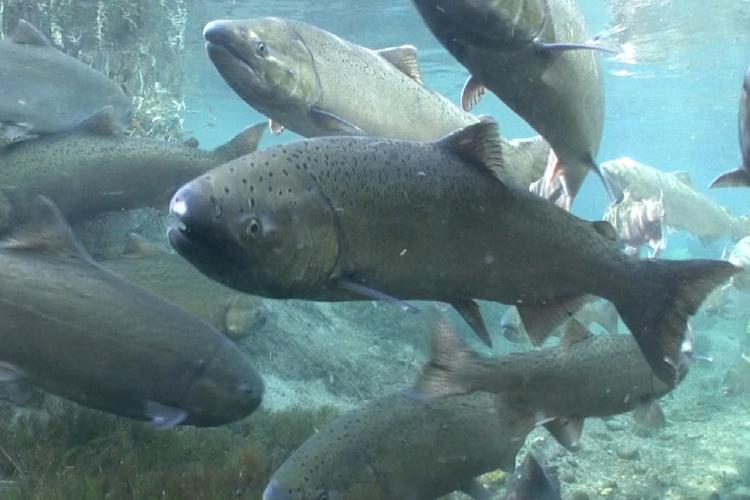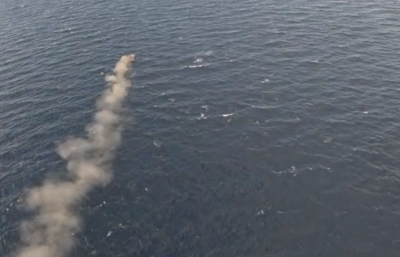Alaska’s Southeast salmon troll fishery is again in the crosshairs with the latest round of legal action threatening the loss of its key chinook fisheries.
In December, a western Washington district court released recommendations to suspend fishing under the Incidental Take Statement, a provision within the Pacific Salmon Treaty that allows Alaska trollers to take wild chinooks throughout the year.
The legal battle began in 2020 with a lawsuit filed by the Washington-based Wild Fish Conservancy that challenges the biological rationale in setting allocations of Pacific Salmon Treaty chinooks that Southeast trollers catch.
The premise of the case is that when the National Marine Fisheries Service rendered its biological opinion in the formation of the treaty, it did not consider a portion of the commingling stocks as forage fish for the population of 73 killer whales in Puget Sound. The WFC suit rides on the contention that the agency acted out of compliance with the Endangered Species Act.
In a 2021 ruling the same court agreed that NMFS was out of compliance. Since then, the agency has been working on language that it hopes will satisfy mandates within the ESA. But the question remains whether the Alaska troll fishery will be able to operate or not.
According to Amy Daugherty, executive director of Alaska Trollers Association in Juneau, action in the courts could precede the realignment of legal language.
“That leaves us in the precarious position of getting shut down,” she says. Through the years the Alaska contingent has given up half of its historical catch in treaty negotiations between the two governments. “We are the low hanging fruit.”
Another disadvantageous angle in the fish fight is that the trollers association has struggled with financing its representation in court.
“We’re going it alone,” says Daugherty. “We’ve ben doing a lot of fundraising.”
Meanwhile, the Wild Fish Conservancy, the State of Alaska and the Juneau-based Alaska Trollers Association have entered the fray in a battle of data, as it relates to how many chinooks would make it to the bellies of the beleaguered killer whales.
Additional information gleaned from in-fishery sampling of the troll fishery estimates that the Alaska fleet caught a total of 917 chinooks of Puget Sound origin in a period from 2009 to 2018.
The resident population of killer whales in Puget Sound earned a listing as endangered in 2005 and have decreased from around 100 to around 73 in the past 25 years.
Daugherty and others fault dams, pollution, whale watching and other stressors throughout the Pacific Northwest as critical factors in the dwindling killer whales.
“We’re catching less than half of our (salmon) allocation all these years, and now they’re pointing their fingers at us,” she says.







